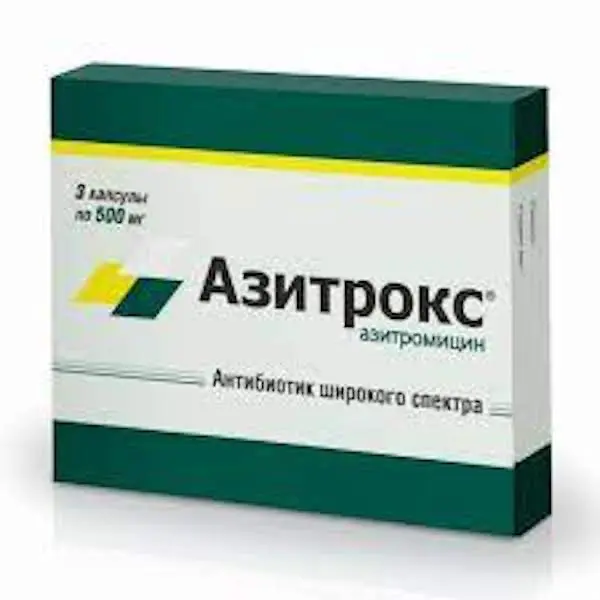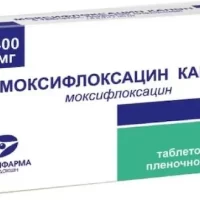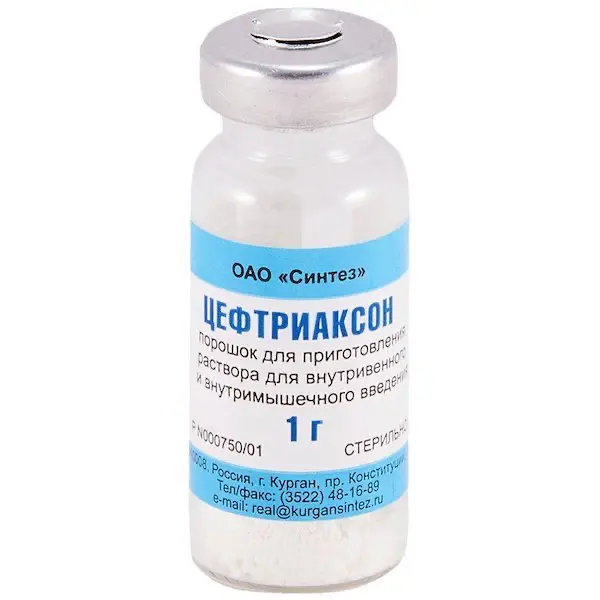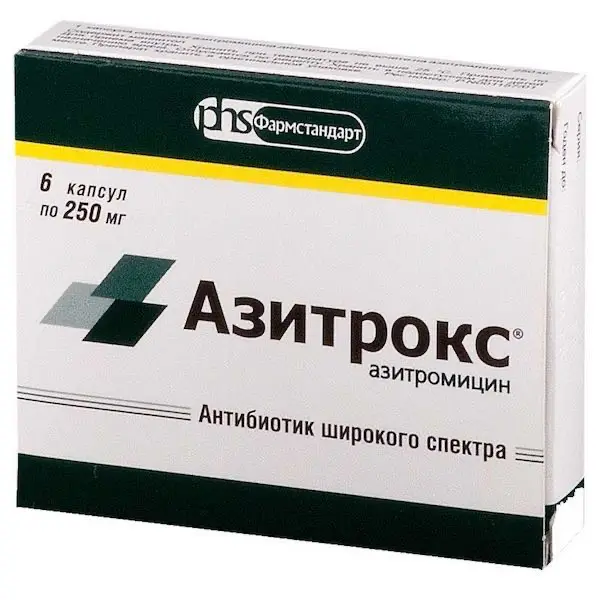Description
Azitrox Pharmacodynamics
It is a broad-spectrum antibiotic. It represents a subgroup of macrolide antibiotics – azalides. It binds with 50S subunit of ribosomes, inhibits peptide translocation, inhibits protein synthesis, inhibits bacterial growth and reproduction, acts bacteriostatic, in high concentrations it has bactericidal effect. It acts on extra- and intracellular pathogens.
It is active against Gram-positive aerobic microorganisms: Streptococcus spp. (groups A, B, C, G), Streptococcus pneumoniae (penicillin-sensitive), Streptococcus pyogenes, Staphylococcus aureus (methicillin-sensitive); Gram-negative aerobic microorganisms: Haemophilus influenzae, Haemophilus parainfluenzae, Moraxella catarrhalis, Legionella pneumophila, Neisseria gonorrhoeae, Pasteurella multocida; some anaerobic microorganisms: Prevotella spp. , Clostridium perfringens, Fusobacterium spp., Porphyriomonas spp.; and Chlamydia trachomatis, Chlamydia pneumoniae, Chlamydia psittaci, Mycoplasma pneumoniae, Mycoplasma hominis, Borrelia burgdorferi.
Microorganisms capable of developing resistance to azithromycin: Gram-positive aerobes (Streptococcus pneumoniae (penicillin-resistant).
Initially resistant microorganisms: gram-positive aerobes (Enterococcus faecalis, Staphylococcus spp. (methicillin-resistant staphylococci show very high resistance to macrolides), erythromycin-resistant gram-positive bacteria); anaerobes (Bacteroides fragilis).
Indications
Infectious and inflammatory diseases caused by microorganisms sensitive to azithromycin, including:
– Infections of the upper respiratory tract and ENT organs (angina, sinusitis, tonsillitis, pharyngitis, otitis media);
– infections of the lower respiratory tract (pneumonia, including that caused by atypical pathogens; bronchitis, including acute, exacerbation of chronic);
– Infections of the urogenital tract (urethritis, cervicitis);
– Skin and soft tissue infections (Lyme disease (initial stage – erythemamigrans), rye, impetigo, secondary pyodermatosis, moderate acne).
Contraindications
Hypersensitivity to azithromycin, other macrolides (including erythromycin, ketolides), components of medicine; severe hepatic impairment: more than 9 points by Child-Pugh scale (no data on efficacy and safety); children under 12 years of age with body weight less than 45 kg (for this dosage form); simultaneous use of ergotamine and dihydroergotamine.
Dosage and administration
- Orally, once a day, at least 1 hour before or 2 hours after meals.
Adults (including elderly people) and children over 12 years of age with body mass over 45 kg:
For infections of the upper and lower respiratory tract, ENT organs, skin and soft tissues.
500 mg (2 capsules) 1 time per day for 3 days (course dose 1.5 g). - In initial stage of Lyme disease (Borreliosis) – erythema migrans.
1 time per day for 5 days: 1st day – 1.0 g (4 capsules), then from the 2nd to 5th day – 500 mg (2 capsules) (cumulative dose – 3.0 g).
In the indication of common acne (acne) of moderate severity on the 1st, 2nd and 3rd day of treatment take 500 mg (2 capsules) 1 per day, then a break from the fourth to seventh day, from the eighth day of treatment take 500 mg (2 capsules) 1 time per week for 9 weeks (course dose – 6 g). - In infections of the urogenital tract caused by Chlamydiatrachomatis (urethritis, cervicitis)
Uncomplicated urethritis/cervicitis – 1 g (4 capsules) once.
In patients with impaired renal function: in patients with a GFR of 10-80 ml/min, no dose adjustment is required. - In patients with liver dysfunction: no dose adjustment is required in patients with liver dysfunction of mild to moderate severity.
Elderly patients: No dose adjustment is required. Since elderly people may already have current proarrhythmogenic conditions, caution should be exercised when using Azitrox® due to the high risk of cardiac arrhythmias, including “pirouette” arrhythmias.





